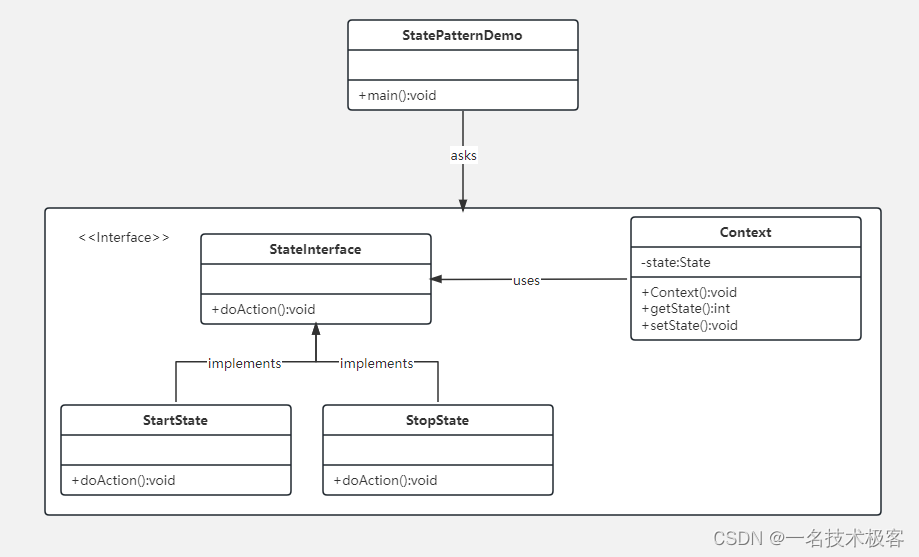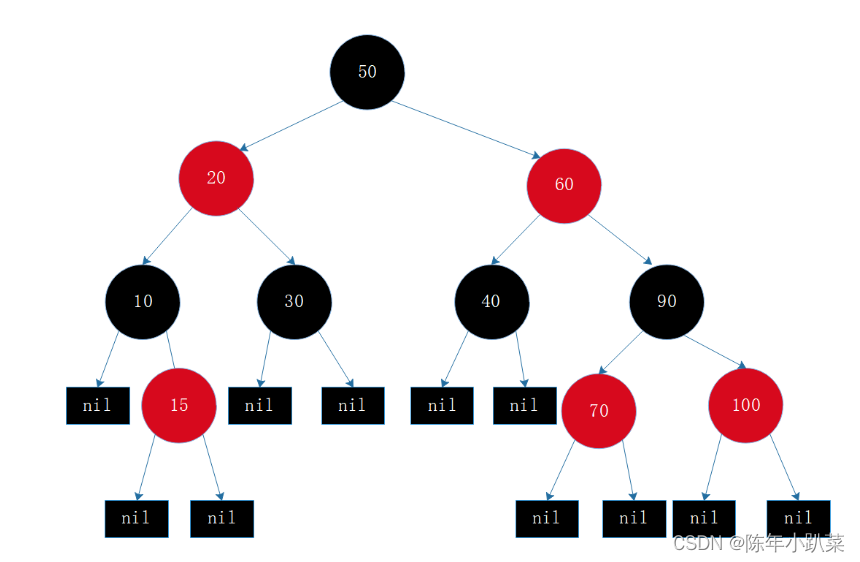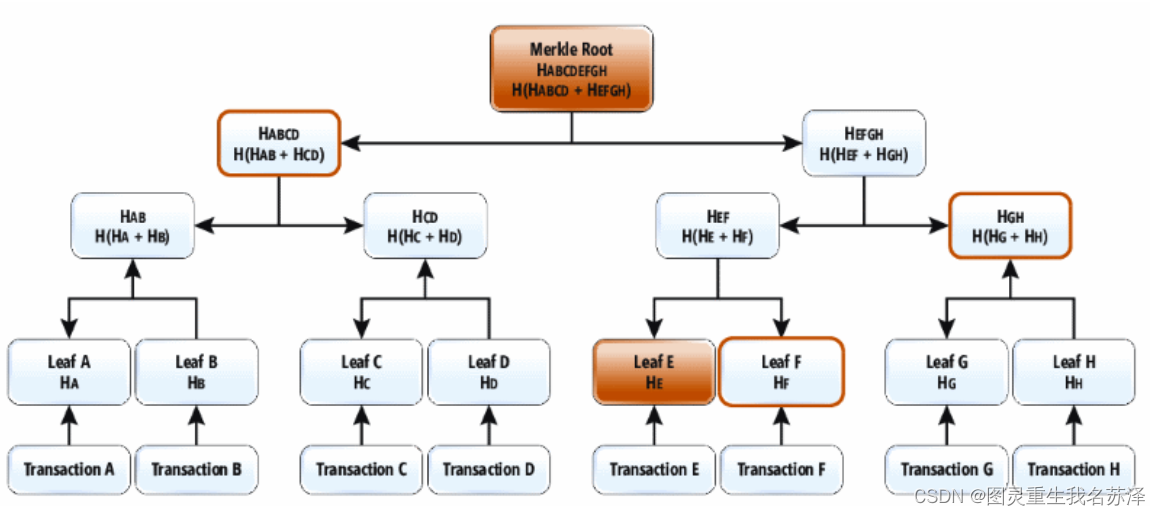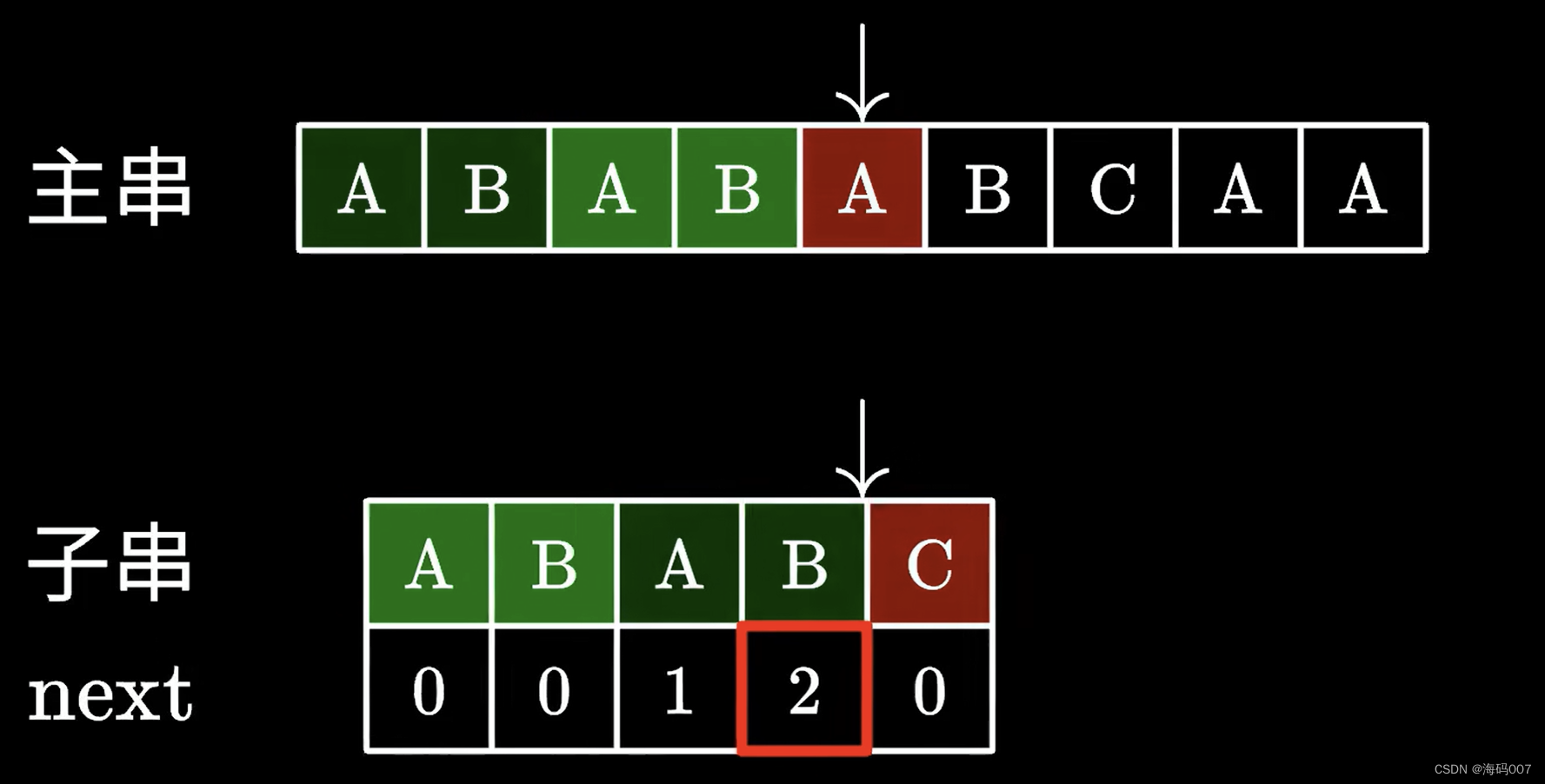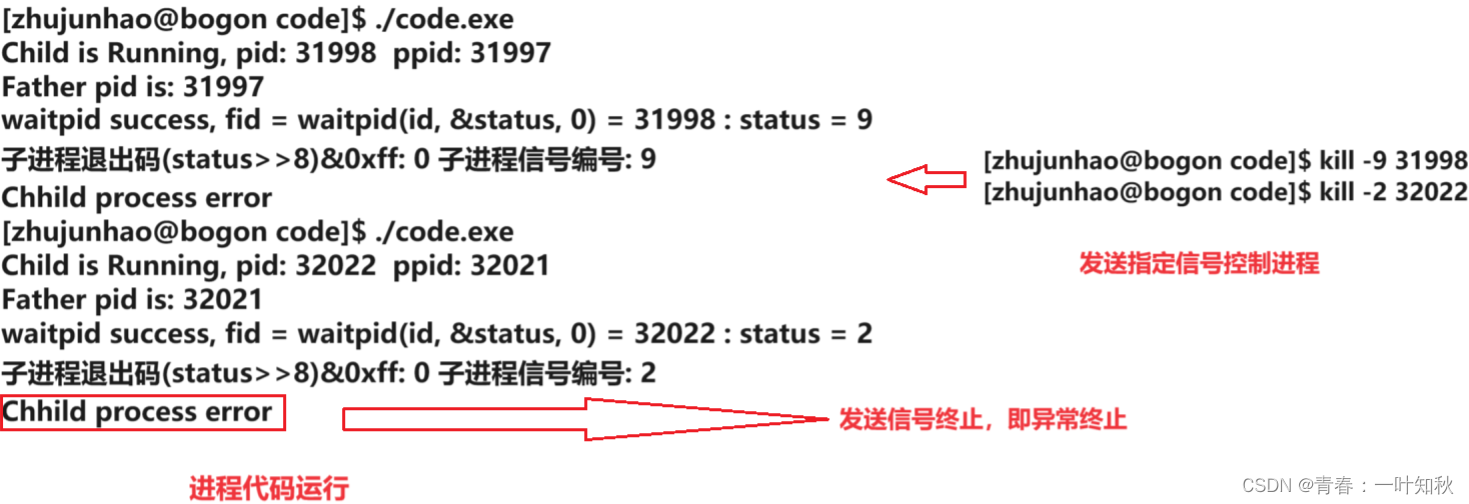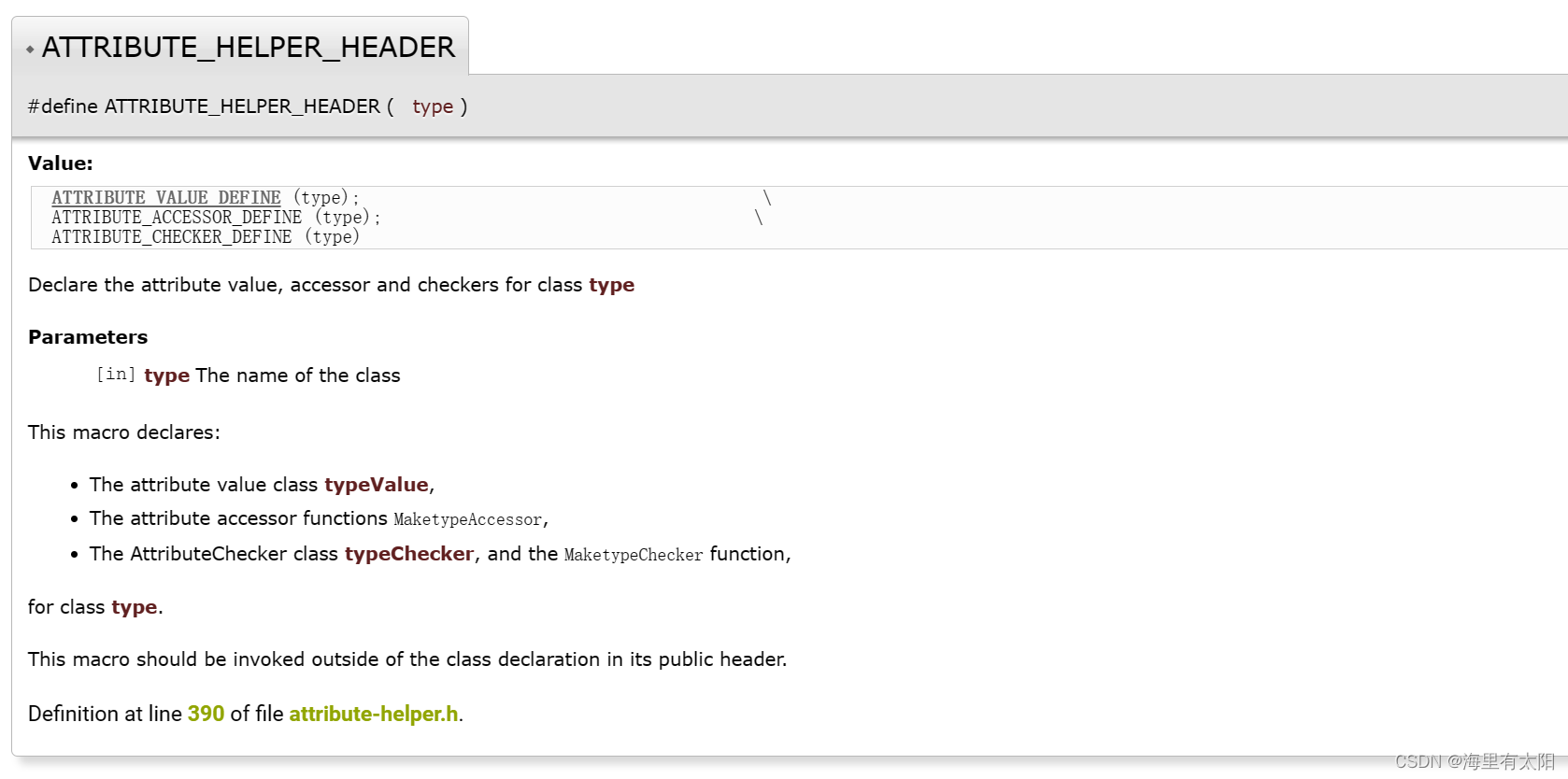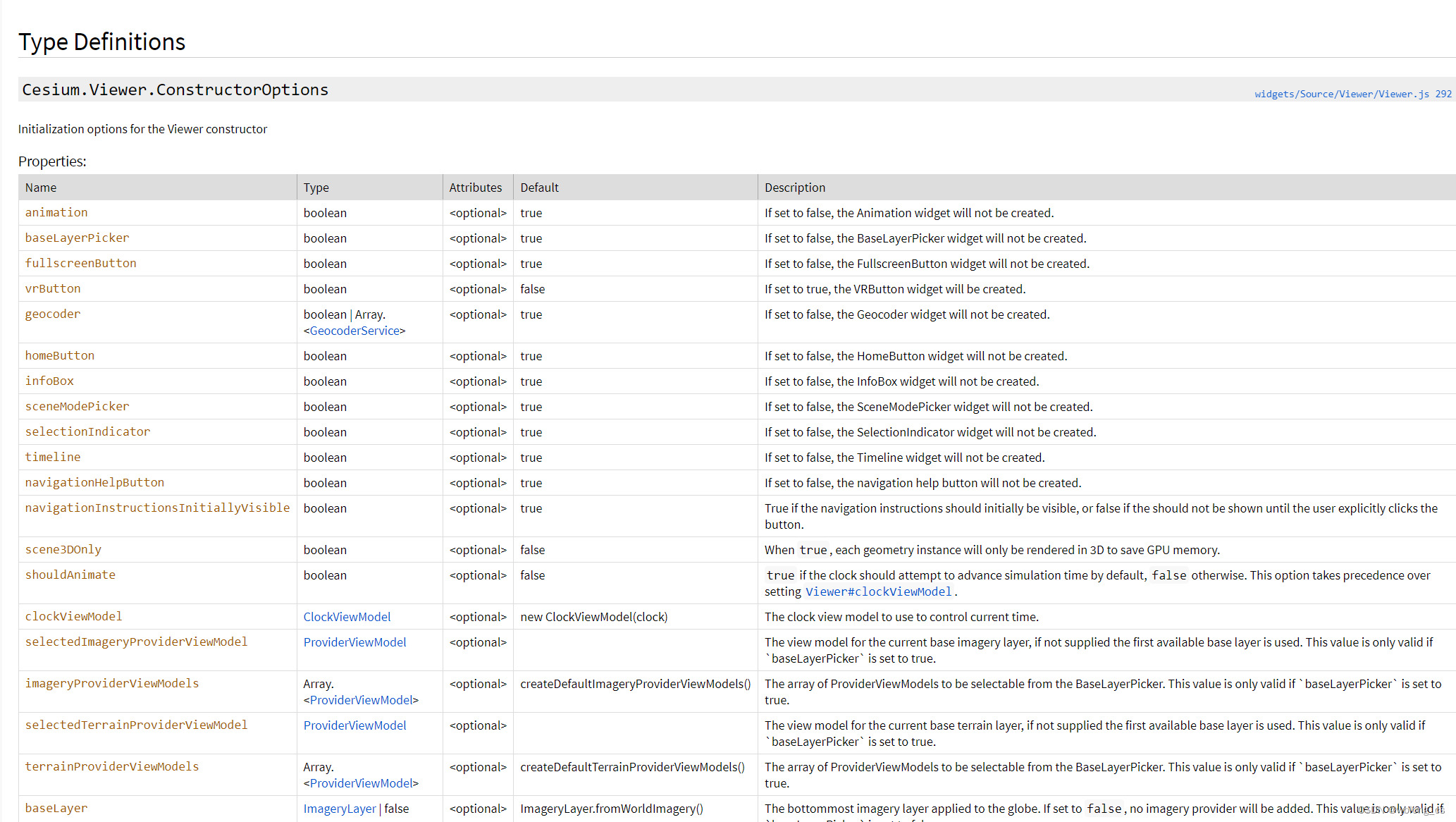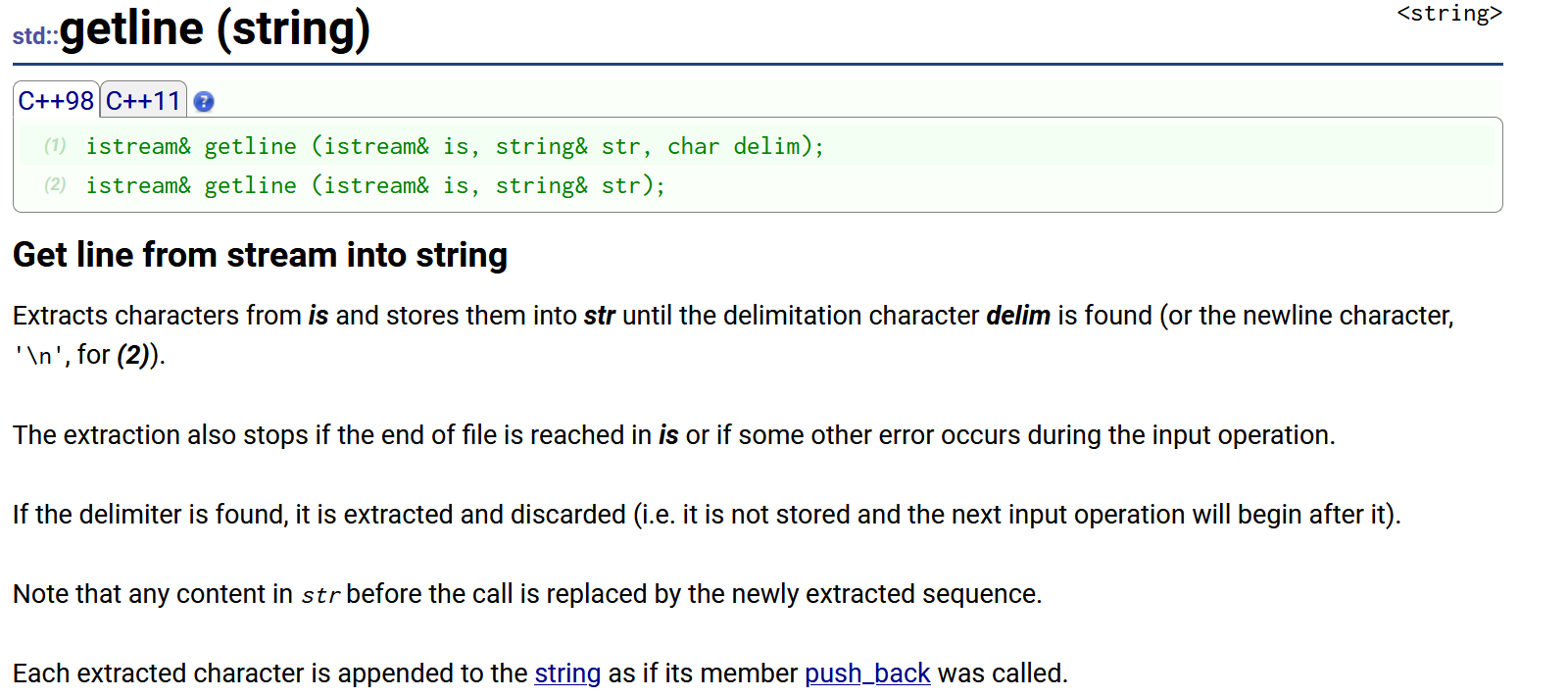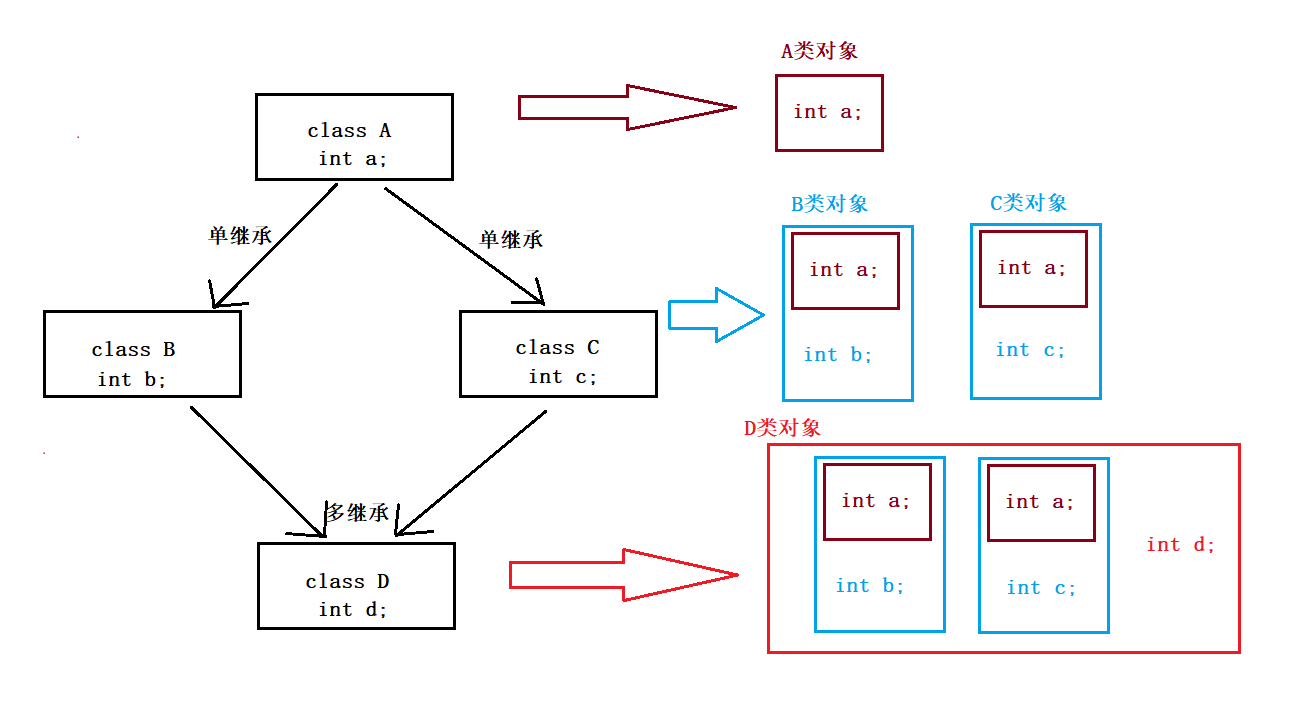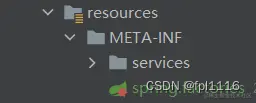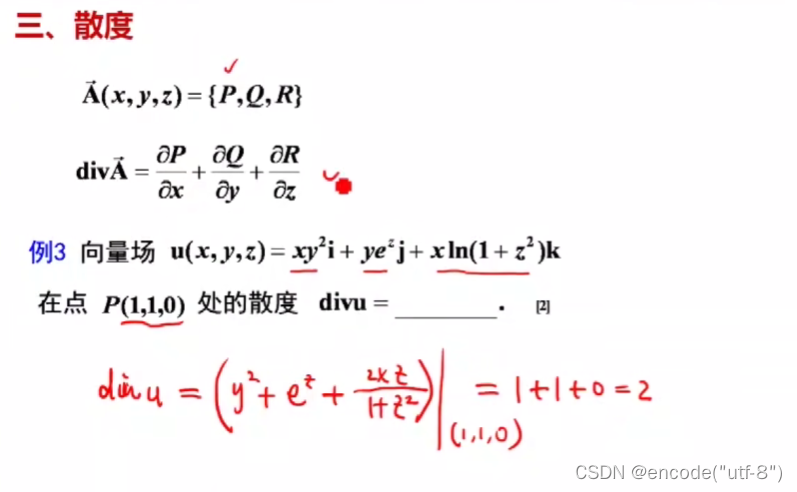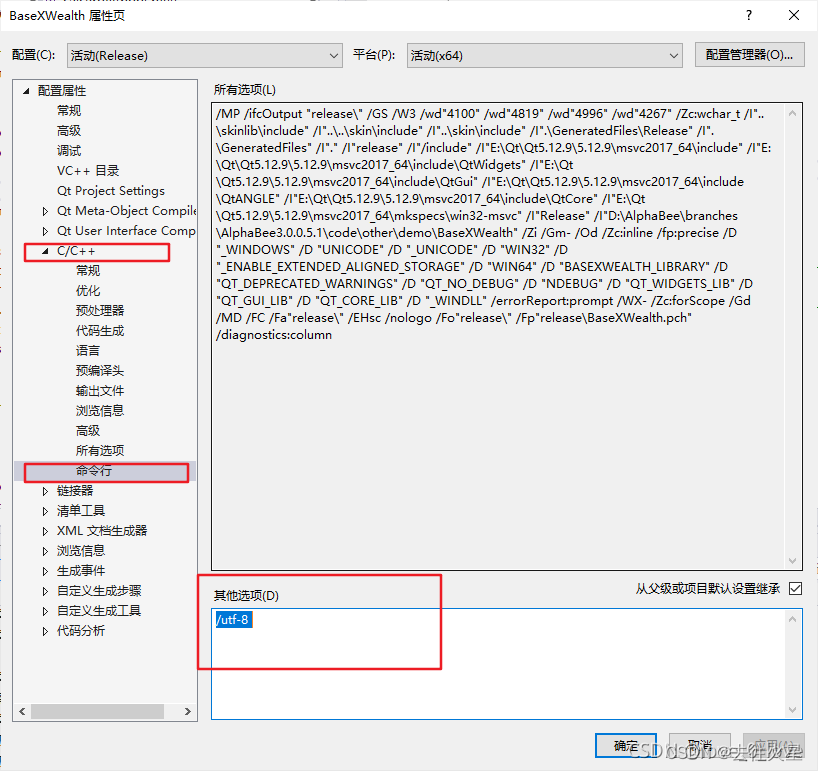503.下一个更大元素II
1、题目链接:. - 力扣(LeetCode)
2、文章讲解:代码随想录
3、题目:
给定一个循环数组(最后一个元素的下一个元素是数组的第一个元素),输出每个元素的下一个更大元素。数字 x 的下一个更大的元素是按数组遍历顺序,这个数字之后的第一个比它更大的数,这意味着你应该循环地搜索它的下一个更大的数。如果不存在,则输出 -1。
示例 1:
- 输入: [1,2,1]
- 输出: [2,-1,2]
- 解释: 第一个 1 的下一个更大的数是 2;数字 2 找不到下一个更大的数;第二个 1 的下一个最大的数需要循环搜索,结果也是 2。
提示:
- 1 <= nums.length <= 10^4
- -10^9 <= nums[i] <= 10^9
4、视频链接:
单调栈,成环了可怎么办?LeetCode:503.下一个更大元素II_哔哩哔哩_bilibili
class Solution {
public int[] nextGreaterElements(int[] nums) {
//边界判断
if (nums == null || nums.length <= 1) {
return new int[]{-1};
}
int size = nums.length;
int[] result = new int[size];//存放结果
Arrays.fill(result, -1);//默认全部初始化为-1
Stack<Integer> st = new Stack<>();//栈中存放的是nums中的元素下标
for (int i = 0; i < 2 * size; i++) {
while (!st.empty() && nums[i % size] > nums[st.peek()]) {
result[st.peek()] = nums[i % size];//更新result
st.pop();//弹出栈顶
}
st.push(i % size);
}
return result;
}
}42. 接雨水
1、题目链接:. - 力扣(LeetCode)
2、文章讲解:代码随想录
3、题目:
给定 n 个非负整数表示每个宽度为 1 的柱子的高度图,计算按此排列的柱子,下雨之后能接多少雨水。
示例 1:
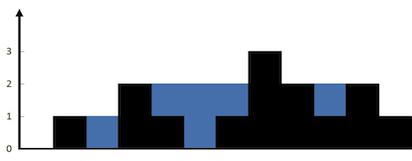
- 输入:height = [0,1,0,2,1,0,1,3,2,1,2,1]
- 输出:6
- 解释:上面是由数组 [0,1,0,2,1,0,1,3,2,1,2,1] 表示的高度图,在这种情况下,可以接 6 个单位的雨水(蓝色部分表示雨水)。
示例 2:
- 输入:height = [4,2,0,3,2,5]
- 输出:9
4、视频链接:
单调栈,经典来袭!LeetCode:42.接雨水_哔哩哔哩_bilibili
class Solution {
public int trap(int[] height) {
int size = height.length;
if (size <= 2) return 0;
// in the stack, we push the index of array
// using height[] to access the real height
Stack<Integer> stack = new Stack<Integer>();
stack.push(0);
int sum = 0;
for (int index = 1; index < size; index++) {
int stackTop = stack.peek();
if (height[index] < height[stackTop]) {
stack.push(index);
} else if (height[index] == height[stackTop]) {
// 因为相等的相邻墙,左边一个是不可能存放雨水的,所以pop左边的index, push当前的index
stack.pop();
stack.push(index);
} else {
//pop up all lower value
int heightAtIdx = height[index];
while (!stack.isEmpty() && (heightAtIdx > height[stackTop])) {
int mid = stack.pop();
if (!stack.isEmpty()) {
int left = stack.peek();
int h = Math.min(height[left], height[index]) - height[mid];
int w = index - left - 1;
int hold = h * w;
if (hold > 0) sum += hold;
stackTop = stack.peek();
}
}
stack.push(index);
}
}
return sum;
}
}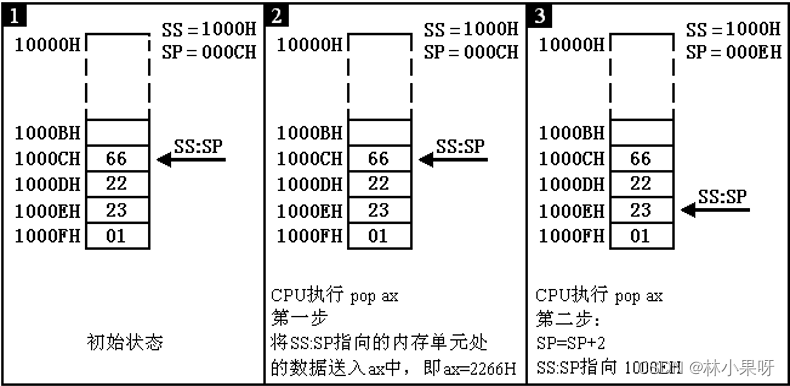

![[MYSQL数据库]- 索引](https://img-blog.csdnimg.cn/direct/9063f697adcd4bf5902b3e935e42512a.png)
